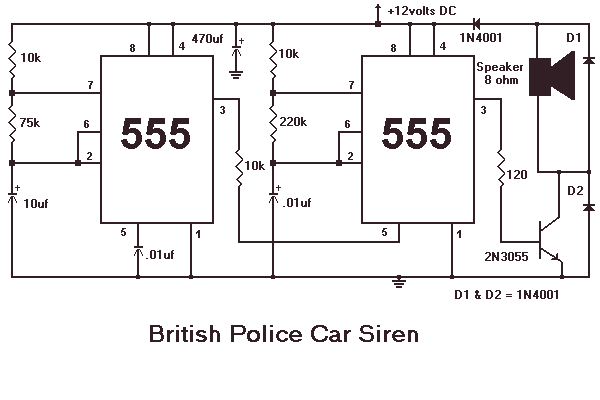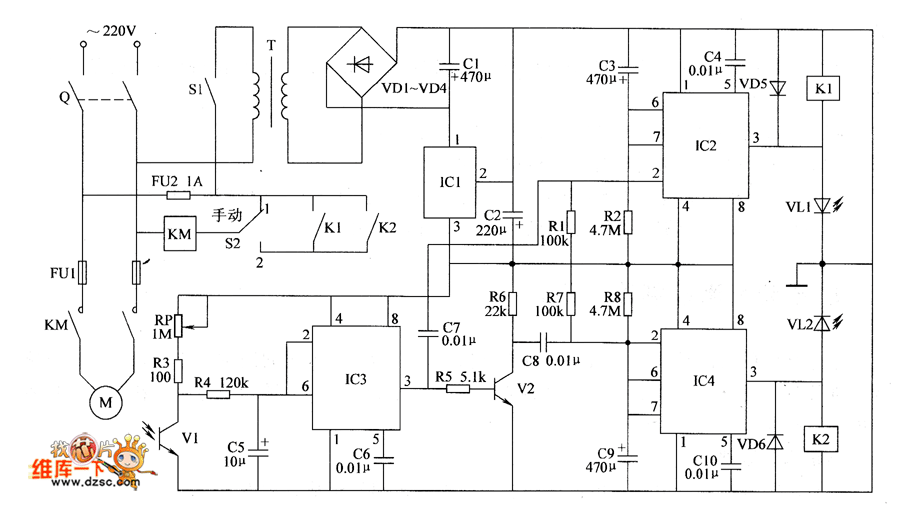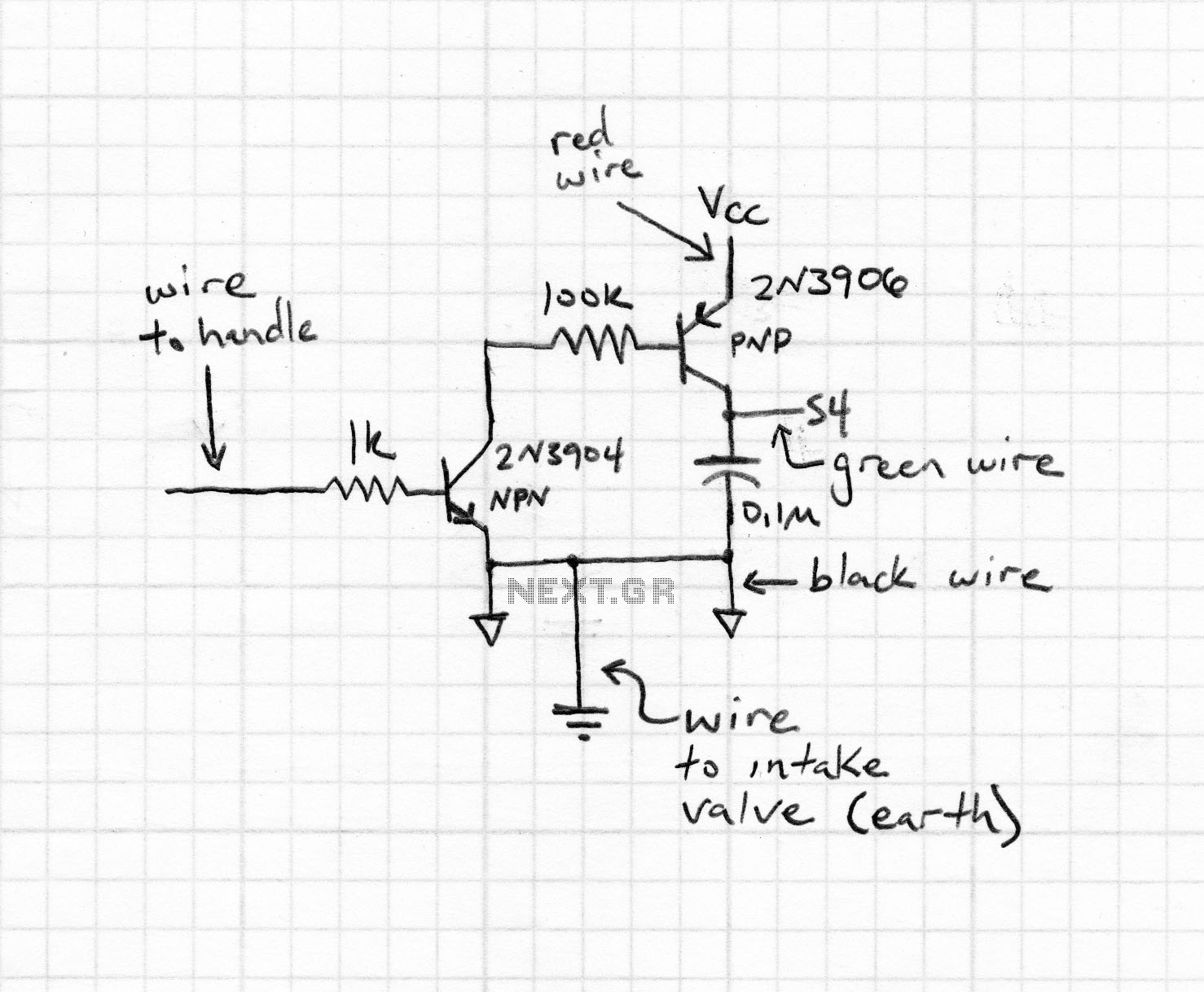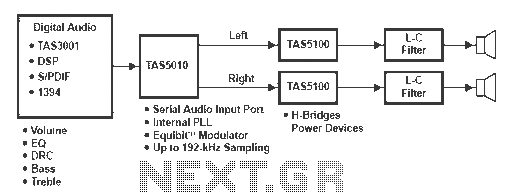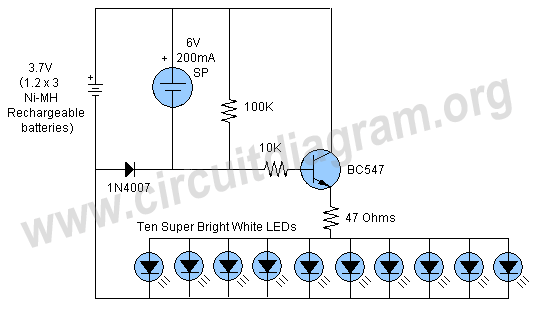
LME49810 Audio Amplifier Circuit Schematic and Datasheet
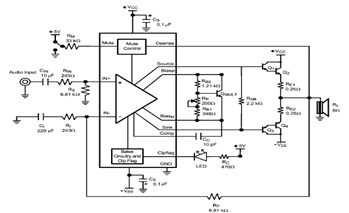
The LME49810 audio amplifier schematic is depicted in the accompanying circuit diagram. Based on the LME49810 datasheet, this component is a high-fidelity audio power amplifier driver intended for use in applications such as audio-video receivers, guitar amplifiers, powered studio monitors, and powered subwoofers, among others.
The LME49810 is a high-performance audio amplifier designed to deliver superior sound quality in various audio applications. It features a low total harmonic distortion (THD) and high slew rate, which are critical for maintaining audio fidelity, especially in demanding environments such as live sound reinforcement or high-end home audio systems.
The amplifier operates with a wide supply voltage range, typically between ±15V to ±20V, allowing it to be integrated into a variety of systems without the need for extensive modifications. The input stage of the amplifier is configured to accept a differential signal, which enhances noise rejection and improves overall sound clarity.
In the schematic, the LME49810 is typically connected to a feedback network that stabilizes the gain and minimizes distortion. The feedback loop is crucial for maintaining linearity across the audio frequency spectrum, ensuring that the output faithfully reproduces the input signal without coloration.
Power supply decoupling capacitors are included in the design to filter out high-frequency noise and provide stability during transient conditions. Additionally, output protection circuits may be implemented to prevent damage from short circuits or excessive load conditions.
The output stage of the LME49810 is designed to drive low-impedance loads, making it suitable for connecting directly to speakers or other audio devices. With its robust design and high output current capability, the LME49810 can deliver high power levels while maintaining thermal stability.
Overall, the LME49810 audio amplifier schematic represents a versatile and reliable solution for high-fidelity audio amplification, making it an excellent choice for a wide range of audio applications.LME49810 Audio Amplifier Schematic is shown in the following circuit diagram. According to the LME49810 datasheet, this is a high fidelity audio power amplifier driver designed for applications such as Audio video receivers, Guitar amplifiers, Powered studio monitors, Powered subwoofers, and etc 🔗 External reference
The LME49810 is a high-performance audio amplifier designed to deliver superior sound quality in various audio applications. It features a low total harmonic distortion (THD) and high slew rate, which are critical for maintaining audio fidelity, especially in demanding environments such as live sound reinforcement or high-end home audio systems.
The amplifier operates with a wide supply voltage range, typically between ±15V to ±20V, allowing it to be integrated into a variety of systems without the need for extensive modifications. The input stage of the amplifier is configured to accept a differential signal, which enhances noise rejection and improves overall sound clarity.
In the schematic, the LME49810 is typically connected to a feedback network that stabilizes the gain and minimizes distortion. The feedback loop is crucial for maintaining linearity across the audio frequency spectrum, ensuring that the output faithfully reproduces the input signal without coloration.
Power supply decoupling capacitors are included in the design to filter out high-frequency noise and provide stability during transient conditions. Additionally, output protection circuits may be implemented to prevent damage from short circuits or excessive load conditions.
The output stage of the LME49810 is designed to drive low-impedance loads, making it suitable for connecting directly to speakers or other audio devices. With its robust design and high output current capability, the LME49810 can deliver high power levels while maintaining thermal stability.
Overall, the LME49810 audio amplifier schematic represents a versatile and reliable solution for high-fidelity audio amplification, making it an excellent choice for a wide range of audio applications.LME49810 Audio Amplifier Schematic is shown in the following circuit diagram. According to the LME49810 datasheet, this is a high fidelity audio power amplifier driver designed for applications such as Audio video receivers, Guitar amplifiers, Powered studio monitors, Powered subwoofers, and etc 🔗 External reference
